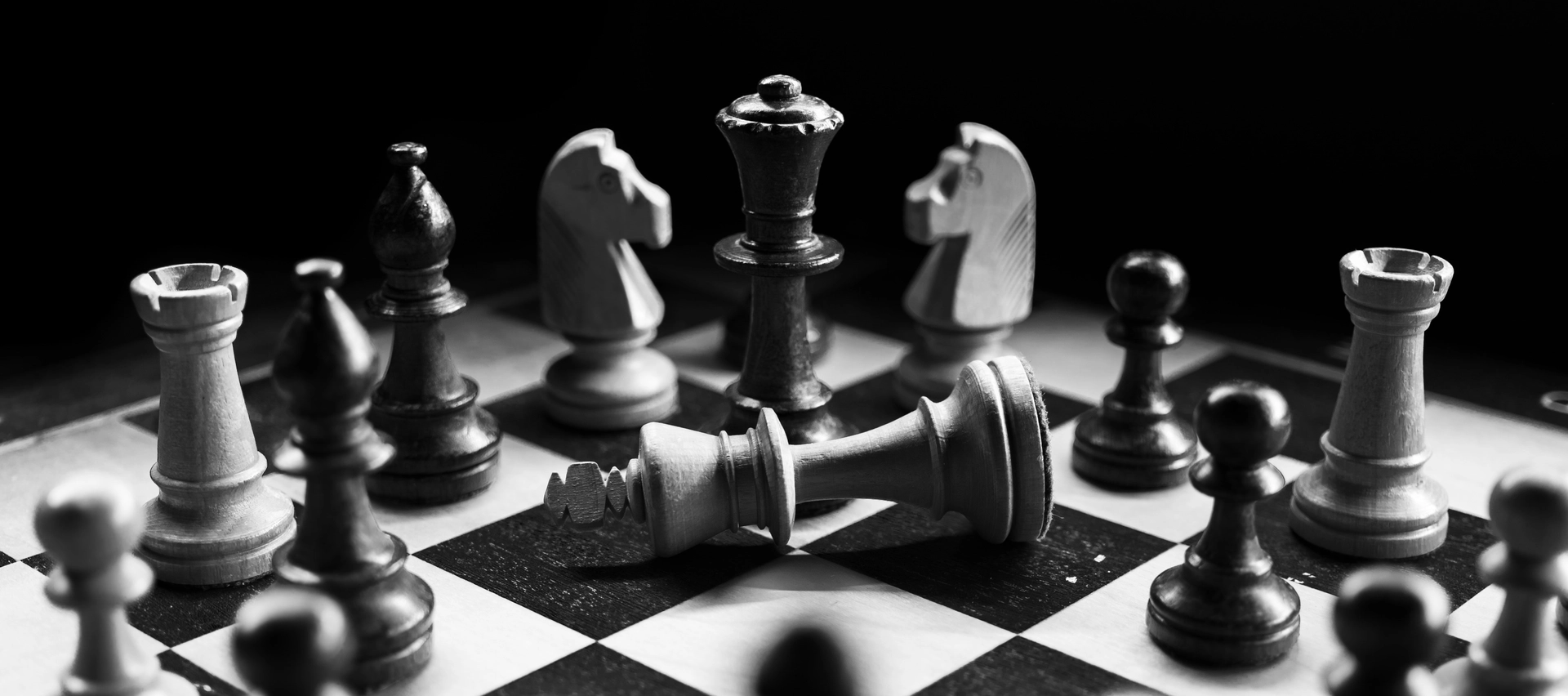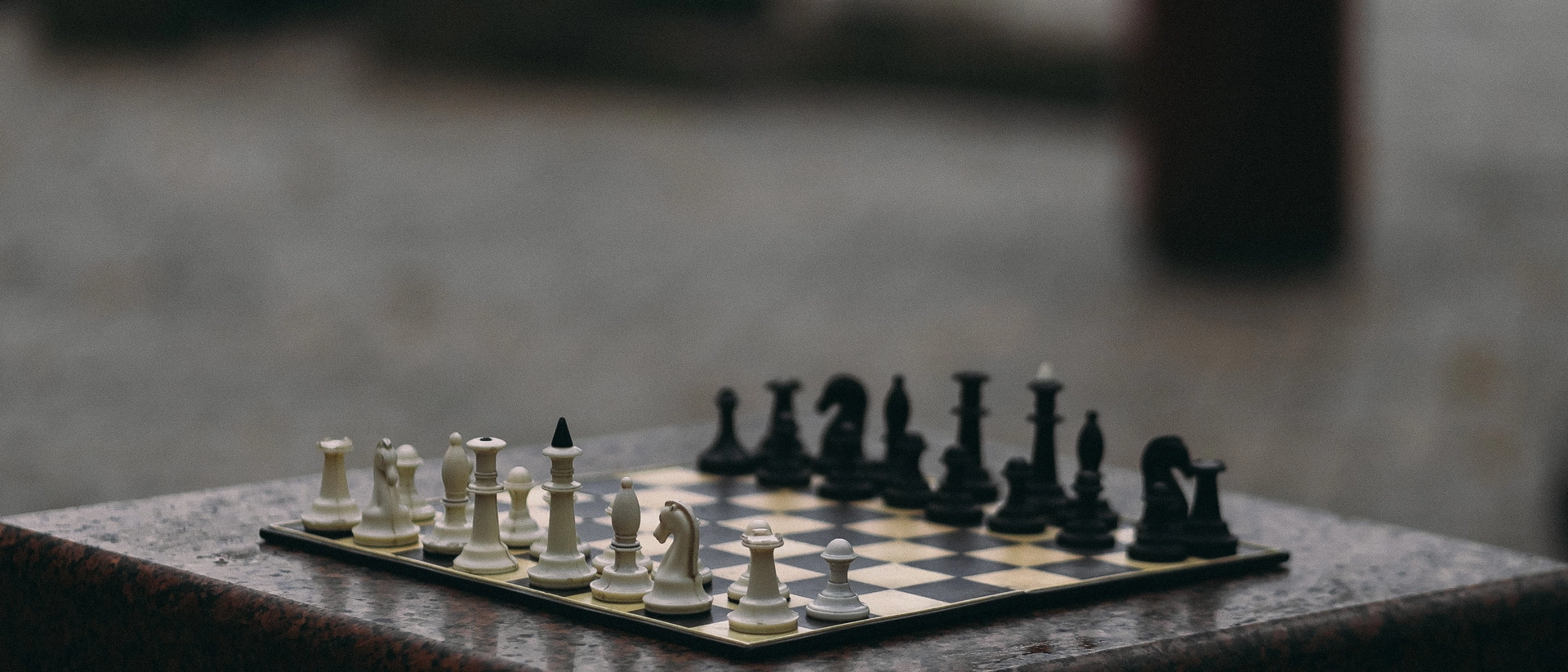Basic Theory and Concepts for Endgame Play

The endgame is widely considered to be one of the most challenging aspects of chess. There are so many possible configurations, each with its own set of strategies, that it can be overwhelming even for experienced players.
This article will focus on some basic theories and concepts for endgame play in chess, starting with what constitutes an "endgame."
The exact moment when the endgames begin is nebulous, but most agree they are games that have fewer than ten pieces on the board, including the kings. The king is at his most decisive stage, and pawns are racing to become promoted.
However, it is essential to note that simply because there may be only a few pieces left doesn't mean that endgames will be an easy win. You still need to find a way to checkmate or otherwise force a decisive result.
King and Pawn Endgame
The king and pawn endgame is by far the most common type of endgame and is frequently seen in amateur and professional play. These situations usually occur when the player with the inferior position attempts to reach a draw. At the same time, their opponent attempts to end the game decisively by promoting one of his pawns.
It is important to remember that there are several ways for both sides to play them out in these situations. While they commonly end with the superior side promoting a pawn, they can also end in a surprise checkmate or stalemate.
A good strategy for the inferior side is to flee the corner as quickly as possible, as this gives the opponent fewer options and is easier to defend. If there's no way to break out of the corner, your best bet is to keep one of your pawns back and use it as a decoy. You can sacrifice that pawn for another if need be, but you will want it to be available for the promotion.
As for the offensive side, it is usually best to keep your pawns close together, and this gives you more options for attack and defense since the enemy's defensive structures are likely compromised.
If you manage to promote one of your pawns, be sure to use it as quickly as possible. A common miscalculation in these situations is trying too hard not to lose the pawn in favor of promoting it. This is a losing strategy since you cannot possibly protect both your promoted and unpromoted pawns.
No-Pawns Endgame
The pawnless endgame is the simplest type of endgame. You might be asking yourself, "what kind of chess game has no pawns?" One that will be over soon because there are no pawns left to promote. This usually occurs when one side's pawns are eliminated early in the game, with only minor pieces remaining.
The most important concept to remember in chess with no pawns is that there are no longer any passed pawns or potential passed pawns. The reward for controlling the center is lower because one cannot exploit their advantage by pushing a passed pawn down the board.
One useful tip for this type of endgame (and most others) is understanding zugzwang positions. This term is used whenever the position has not yet been won, but one side has an advantage that will eventually result in victory if they play correctly.
Patience is key here, and every move should put your opponent at a disadvantage until eventually, there is nowhere left to run.
Rook Endgame
The rook endgames are probably the trickiest and most difficult to calculate. This is partly because there can be several different types of scenarios depending on how many attacking pieces versus defenders there are, as well as the presence of pawns on either side.
Typically, however, these situations will involve a defending king attempting to stop two or more opposing rooks from capturing their remaining pawns. Rooks are probably the most powerful pieces left in play, so you will want to use them to defend each other and your king if possible.
Rooks are good at maneuvering and defending, and they can contribute to the attack by guarding each other's open files. The ideal endgame here revolves around keeping your two rooks alive to capture the pawns while ensuring their king does not get in the way.
Queen Endgame
The two kings and a queen endgame is one that will appear in the endgames of most games, but most players only have a rudimentary knowledge of what to do in these types of situations.
It's important to stop your pawns from advancing too soon, as any pawn that reaches the opposite side of the board will become a liability. This is because you are required to defend your queen by moving her around, meaning she cannot do anything else while protecting her king.
The main idea in queen endgames is to protect your king while pressuring the opponent, preventing him from capturing any of your pawns. Keep checking his king to make sure he has nowhere else to go; otherwise, you might find yourself in a nasty checkmate later on.
The next thing to remember in these positions is that the queen is not limited to moving only one square at a time. A common mistake for beginners is playing too defensively and restricting the queen's movement, thus rendering her practically useless.
Knights and Pawns Endgames
The knight and pawn endgames are difficult to calculate, but they are also widespread in amateur chess games. As with rooks, there can be several different types of positions depending on how many knights versus defenders you have.
Knights are tricky to use in the endgame because they must move in an "L" shape, making them hard to maneuver. However, it's important to use them as much as possible because they are the only pieces that will stop your opponent from promoting their pawns.
If neither player has any pawns, the game will turn into a battle of tactics and maneuvering. This type of endgame is very dangerous because one false move can result in a checkmate or loss of material, even if there were only seconds left on the clock.
Remember that knights cannot go after pawns that are too far away, so you will want to make sure they are within attacking distance. Like with the rest of the endgame, you will need to use your opponent's moves against them and outplay their defense.
Bishop Endgame
The last of the major endgames is the bishop, which can also get a little more complicated depending on how many pieces are still left on the board. In most cases, it will be a few pawns, one king versus two opposing bishops of different colors and the opposing king.
In this case, your king needs to stay on the opposite-colored squares of your bishop so that your bishops will be able to defend each other. In fact, the distance between your bishop and king should be roughly equal to their distance from each other.
However, while this is a good start, you will also need to make sure that none of the squares between your two pieces are vacant because if they are, you could be in trouble when your opponent starts advancing his pawns.
Finally, remember that you cannot castle if your opponent has a pawn that is far advanced or in the way. This often results in a stalemate, so make sure your king isn't getting in the way of any of your pieces!
Conclusion
The above points are all important to remember when playing any type of endgame. Chess is difficult, so it's easy to forget even the most basic concepts with so many different pieces and possible move combinations.
Just keep in mind that smaller groups of pieces usually mean fewer ways for your opponent to defend themselves, making it easier to checkmate. In any endgame, keep your position as close to the favorable endgame principle as possible, and you should have no problem beating anyone!




